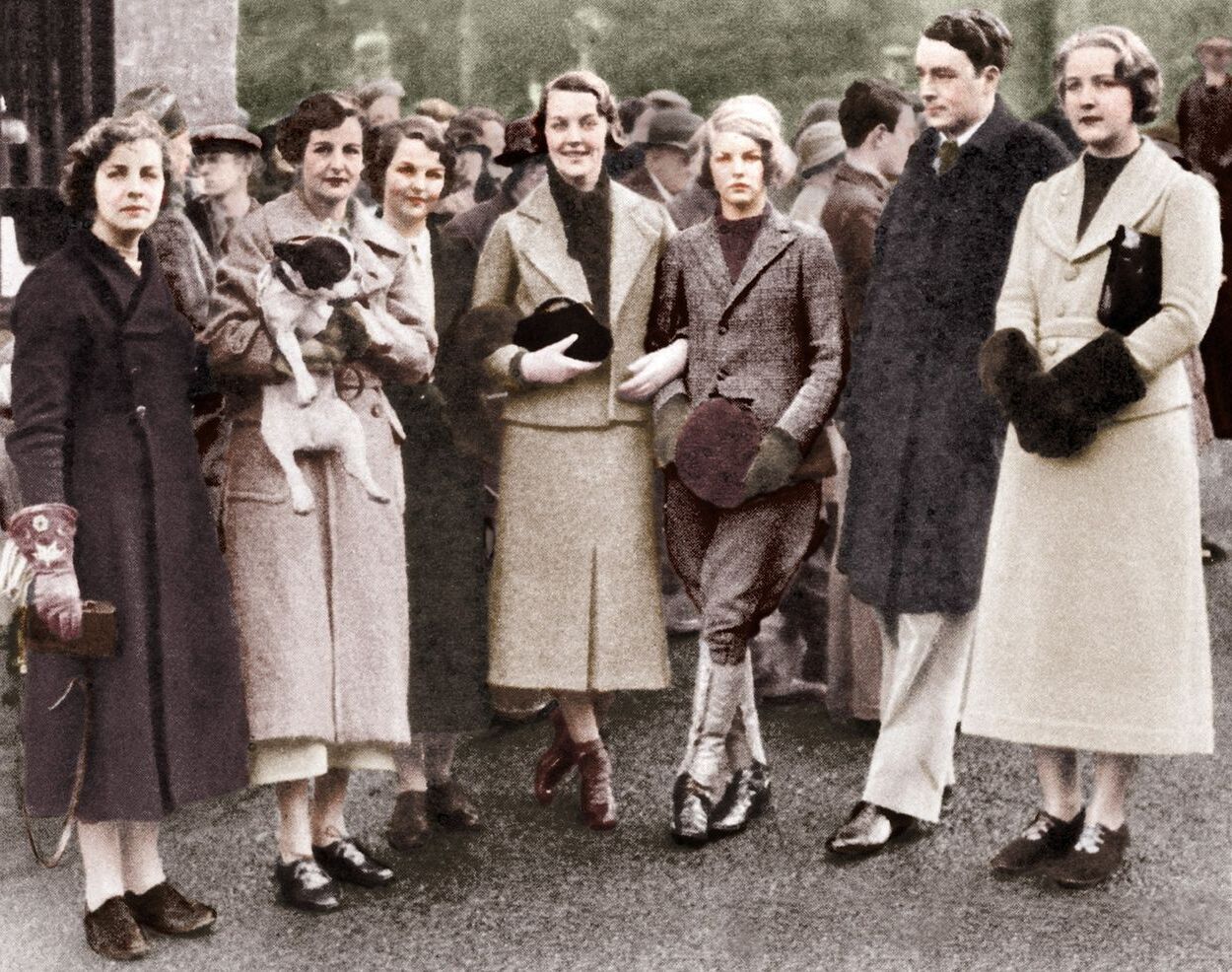
Understanding the Middle Ages timeline is crucial for grasping how modern society was shaped. Spanning roughly from the 5th to the late 15th century, this era laid the foundations for many aspects of the contemporary world, from art and culture to governance and technology. Often depicted as a time of knights, castles, and relentless warfare, the Middle Ages were also a period of significant intellectual growth and cultural development. Through these 15 facts, readers will embark on a journey back in time, uncovering the complexities and innovations of an age that continues to fascinate historians and enthusiasts alike. Each fact serves as a window into the daily lives, societal structures, and groundbreaking advancements of medieval times, offering a comprehensive overview of a pivotal period in human history.
Key Takeaways:
- The Middle Ages, spanning from the 5th to the 15th century, saw the fall of empires, the rise of kingdoms, and significant cultural and intellectual achievements, laying the groundwork for the Renaissance.
- The Middle Ages were a time of turmoil, transformation, and remarkable cultural and intellectual developments, including the emergence of chivalry, Gothic architecture, and the spread of knowledge through the printing press.
The Early Middle Ages
The Early Middle Ages, often called the Dark Ages, spanned from the 5th to the 10th century. This period saw the fall of the Western Roman Empire and the rise of various kingdoms and empires.
- The Western Roman Empire fell in 476 AD, marking the beginning of the Middle Ages.
- The Byzantine Empire, also known as the Eastern Roman Empire, continued to thrive during this time.
- Charlemagne, crowned Emperor of the Romans in 800 AD, united much of Western Europe.
- The Viking Age began in the late 8th century, with Norse explorers, traders, and warriors expanding their influence.
The High Middle Ages
The High Middle Ages, from the 11th to the 13th century, was a time of significant growth and development. Feudalism became the dominant social system, and the Catholic Church wielded immense power.
- The Norman Conquest of England in 1066 changed the course of English history.
- The First Crusade was launched in 1096, aiming to reclaim the Holy Land from Muslim control.
- Gothic architecture emerged, characterized by pointed arches, ribbed vaults, and flying buttresses.
- The University of Bologna, founded in 1088, is considered the oldest university in continuous operation.
The Late Middle Ages
The Late Middle Ages, from the 14th to the 15th century, was marked by turmoil and transformation. This period saw the decline of feudalism, the rise of nation-states, and significant cultural changes.
- The Black Death, a devastating plague, killed an estimated 25-30 million people in Europe between 1347 and 1351.
- The Hundred Years' War between England and France lasted from 1337 to 1453.
- The Great Schism of 1378-1417 divided the Catholic Church, with multiple claimants to the papacy.
- The invention of the printing press by Johannes Gutenberg around 1440 revolutionized the spread of information.
Cultural and Intellectual Developments
The Middle Ages were not just about wars and plagues. This era also saw remarkable cultural and intellectual achievements that laid the groundwork for the Renaissance.
- Thomas Aquinas, a Dominican friar, wrote "Summa Theologica," a cornerstone of Catholic theology.
- Geoffrey Chaucer's "The Canterbury Tales," written in the late 14th century, is a seminal work in English literature.
- The concept of chivalry, a code of conduct for knights, became idealized during this period, influencing literature and behavior.
A Final Glimpse into the Medieval Era
We've journeyed through time, uncovering the layers of the Middle Ages, from the fall of Rome to the dawn of the Renaissance. This era, rich in history and complexity, was more than just knights and castles; it was a period of profound change, innovation, and cultural development. Understanding this timeline gives us insight into how societies evolve, adapt, and overcome challenges. As we look back, let's appreciate the resilience and ingenuity of those who lived through these centuries, shaping the world in ways that still impact us today. Remember, history isn't just about dates and events; it's about the stories of people, their lives, and their legacies. So, next time you hear about the Middle Ages, think beyond the stereotypes and dive into the fascinating tapestry that wove the foundation of modern civilization.
Frequently Asked Questions
Was this page helpful?
Our commitment to delivering trustworthy and engaging content is at the heart of what we do. Each fact on our site is contributed by real users like you, bringing a wealth of diverse insights and information. To ensure the highest standards of accuracy and reliability, our dedicated editors meticulously review each submission. This process guarantees that the facts we share are not only fascinating but also credible. Trust in our commitment to quality and authenticity as you explore and learn with us.


